A short bar magnet is pulled rapidly through a conductind cooil along its axis with uniform velocity, with its north pole entering the coil first. Sketch vartition of (a) flux, (b) induced current and (c) power dissipated in coil with time.
Magnetic field due to magnet
B=μ04π.2Mx3
B∝1x3 , ϕ∝1x3
Flux increases, reaching to a maximum value and then decreases.
Induced current v/s time t :
When flux increases, north pole is formed, current is anticlockwise.
When flux decreases, south pole is formed, current is clockwise. Taking anticlockwise current as positive.
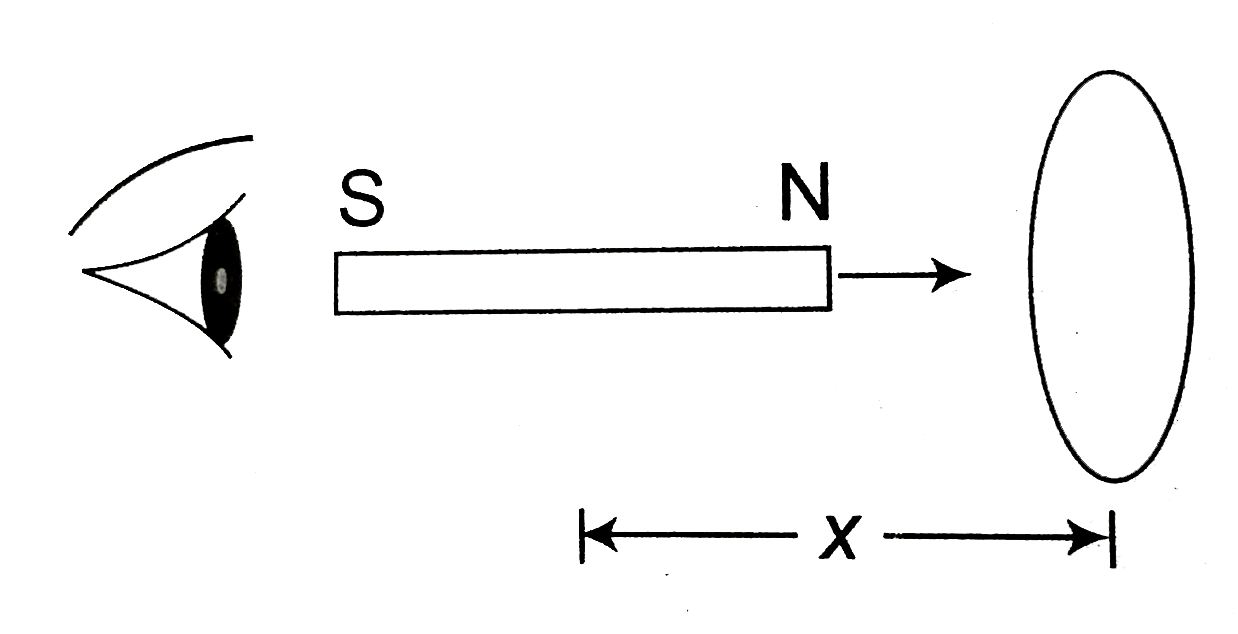
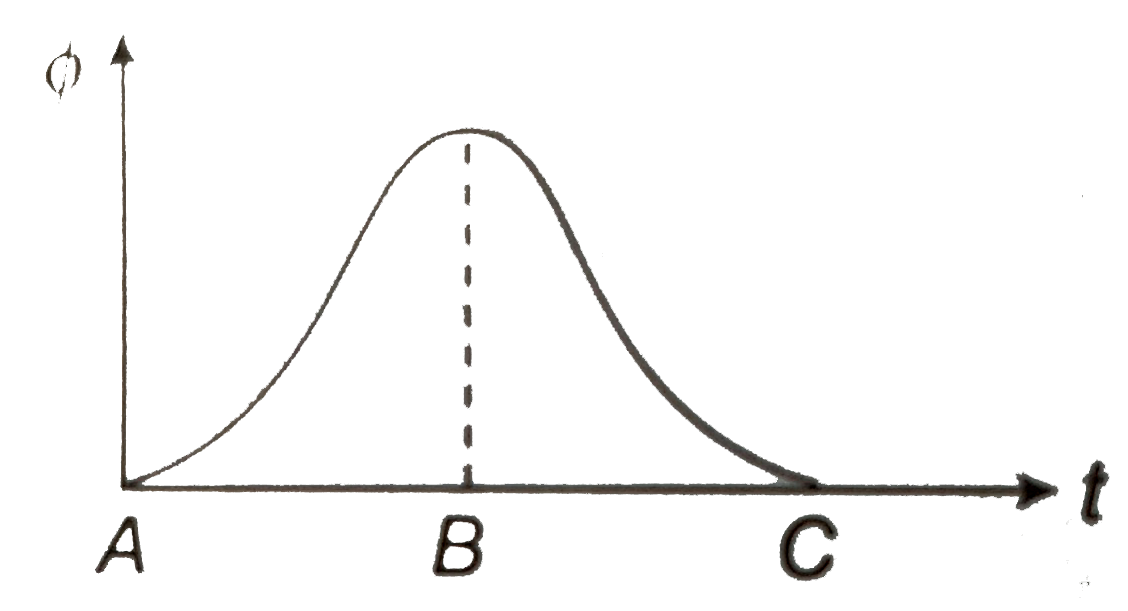
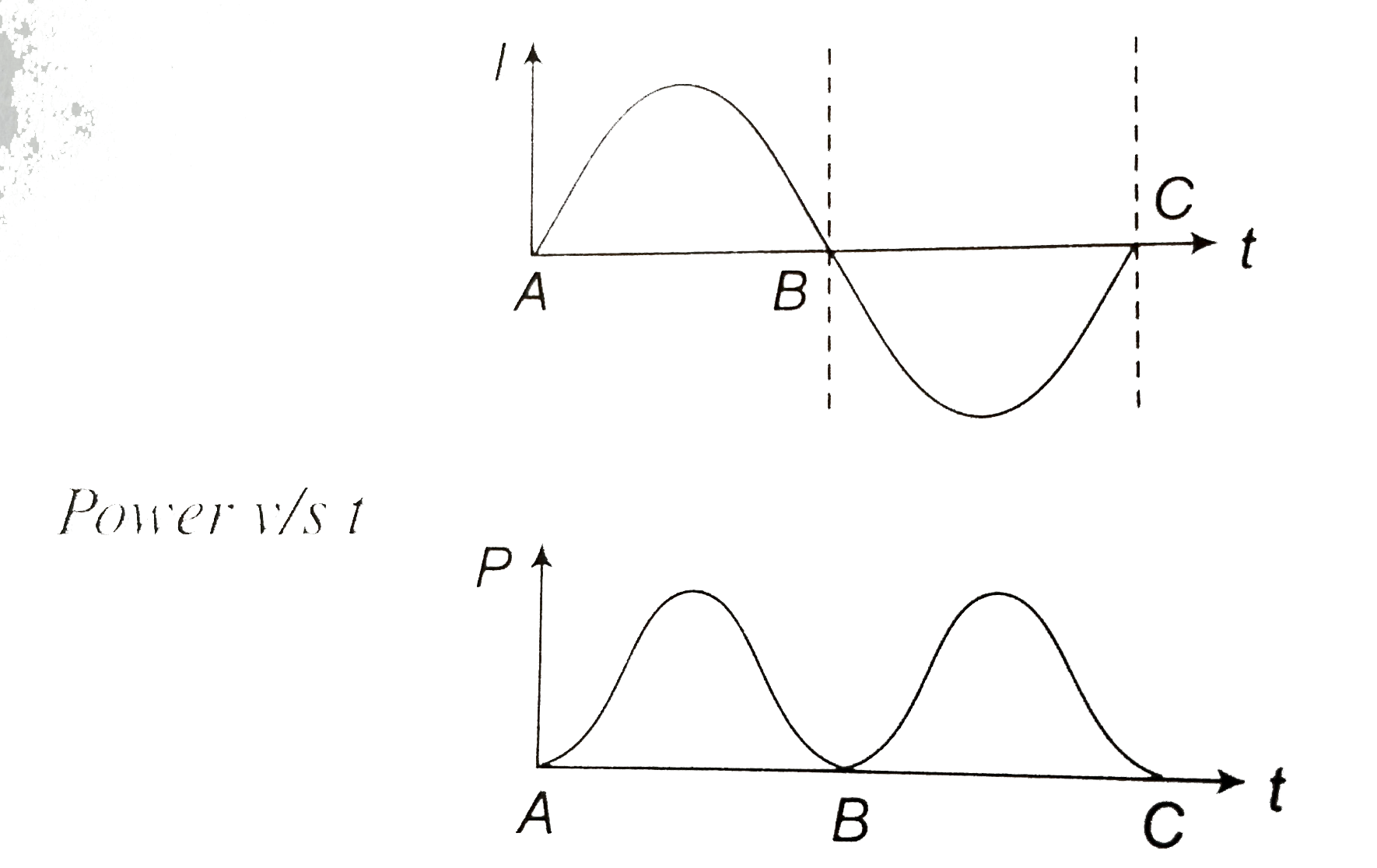
Topper's Solved these Questions
Similar Questions
Through a conducting coil along its axis, a short bar magnet is rapidly pulled with uniform velocity with, with its north pole entering the coil first. Plot the variation of (i) flux, (ii) induced current and (iii) power dissipated in coil with time.
View SolutionA rectangular loop which was initially inside the region of uniform and time - independent magnetic field, is pulled out with constant velocity v as shown in the figure
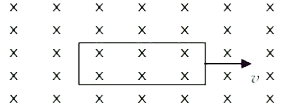
a) Sketch the variation of magnetic flux, the induced current, and power dissipated as Joule heat as function of time.
b) If instead of rectangular loop, circular loop is pulled out, do you expect the same value of induced current? Justify your answer. Sketch the variation of flux in this case with time.
View Solution
Knowledge Check
A bar magnet is pulled along axis of a coil with uniform velocity with south pole entering into the coil. The sketch of Joule's heat with time is represented by
A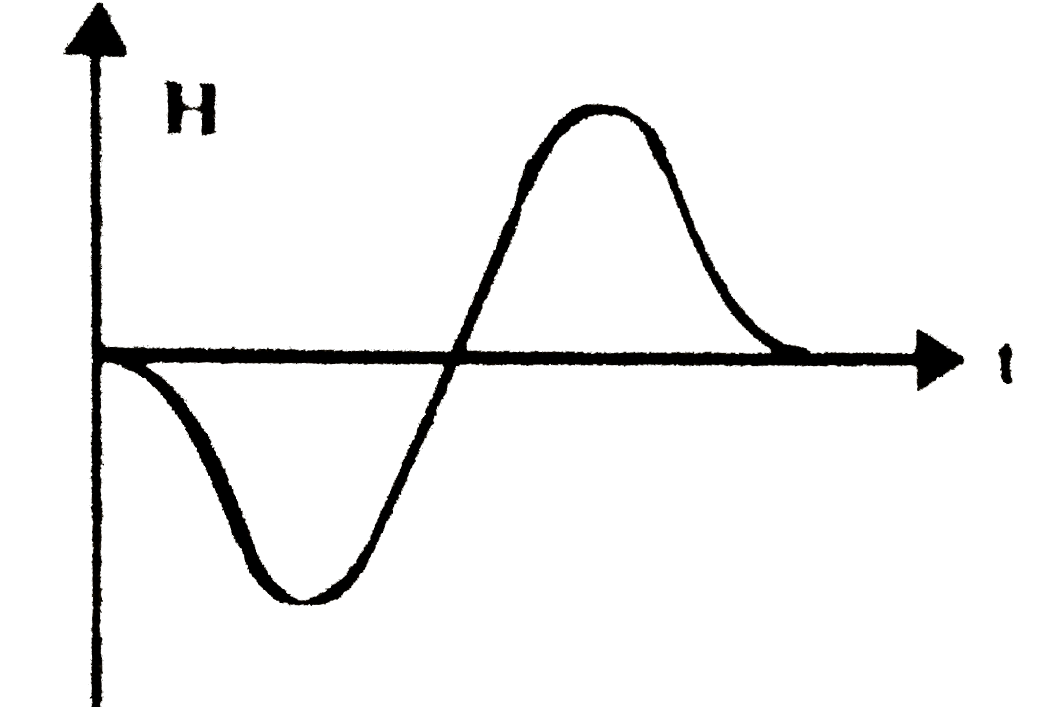 B
B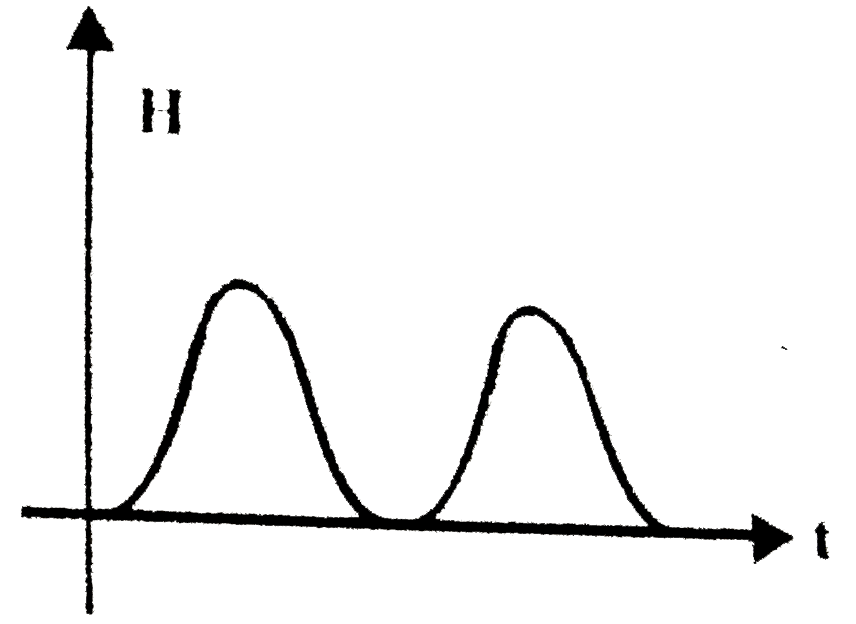 C
C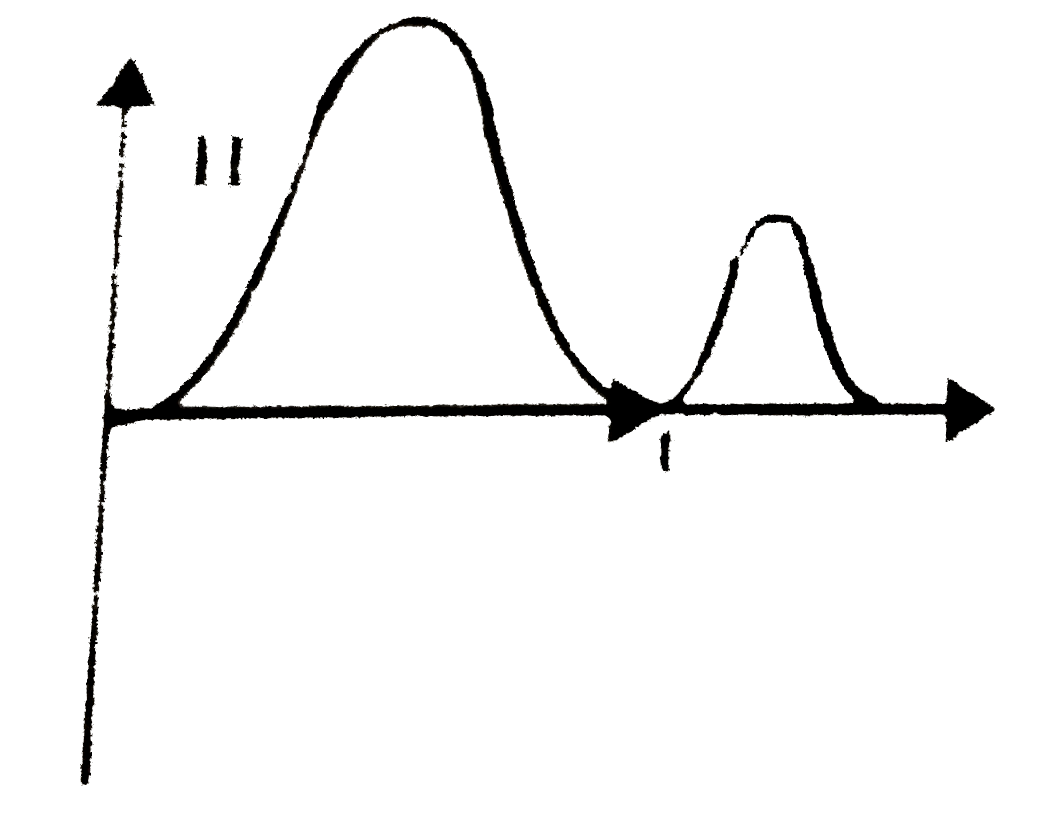 D
D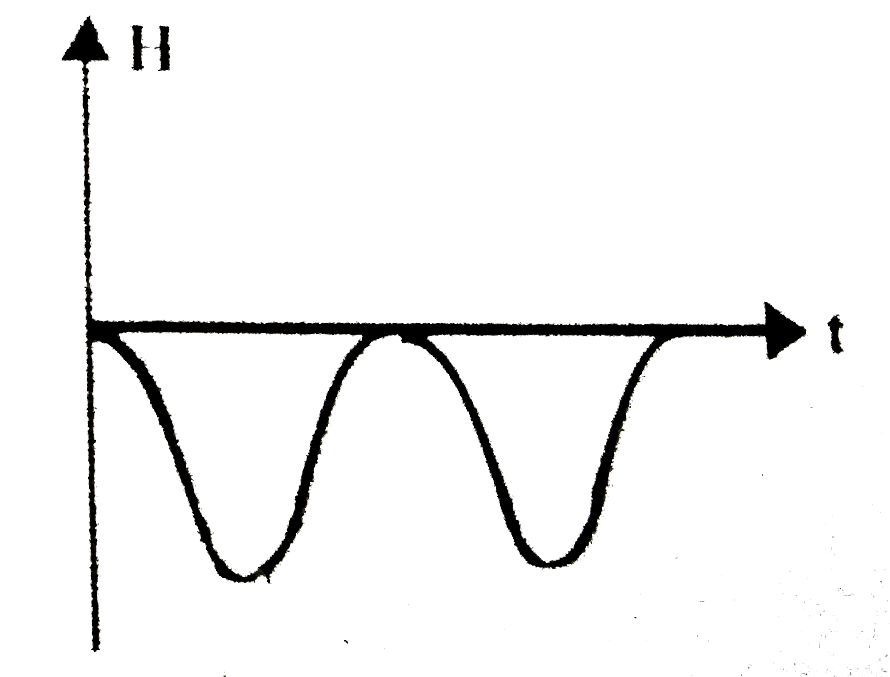
A bar magnet is kept along the axis is coil with its N-pole facing the coil. The magnet is then rotated along its own axis. The induced current in the coil will we
AclockwiseBanticlockwiseCan alternating currentDzeroA deflection magnetometer is placed with its arm along the east-west direction (tan A position) and a short bar magnet is placed symmetrically along its axis at some distance with its north pole pointing towards east. In this position the needle of the magnetometer shows a deflection of 60∘. If we double the distance of the bar magnet, then the deflection will be
Asin−1[√38]Bcos−1[√38]Ctan−1[√38]Dcot−1[√38]
A copper coil is connected to a galvanometer. What would happen if a bar magnet is
(i) pushed into the coil with its north pole entering first
(ii) held at rest inside the coil
(iii) pulled out again?
View SolutionA copper coil is connected to a galvanometer. What would happen if a bar magnet is
(i) pushed into the coil with its north pole entering first
(ii) held at rest inside the coil
(iii) pulled out again?
View SolutionThe north pole of a bar magnet is moved swiftly downward towards a closed coil and then second time it is raised upwards slowly. The magnitude and direction of the induced currents in the two cases will be of
View SolutionAn annular circular brass disk of inner radius 'r' and outer radius 'R' is rotating about an axis passing through its centre and perpendicular to its plane with a uniform angular velocity 'ω' in a uniform magnetic filed of induction 'B' normal to the plane of the disk. The induced emf between the inner and outer edge of the annular disk is
View SolutionA bar magnet falls with its north pole pointing down through the axis of a copper ring. When viewed from above, the current in the ring will be
View Solution

